Turmeric is an ancient root used for its healing properties for centuries. Turmeric comes from the root of the Curcuma Longa plant. To manufacture it, the roots of the plant are boiled, dried and then ground into a powder. Traditionally used in Chinese and Indian medicine (from killing fungus to curing cancer), the powerful anti-inflammatory and antiseptic qualities of turmeric have made it a precious commodity for ages!
I also happen to love it's flavor. Bitter, warm and sweet, Turmeric evokes oranges and ginger on a Galician landscape. I have been using it in all my cooking for some time, but this tea inspired by Ayurvedic traditions is a great evening companion of late.
Turmeric tea
1 cup of Almond milk
1 tablespoon of turmeric
1 tablespoon of raw honey
1/2 teaspoon of coconut oil
Pour almond milk into a saucepan and warm for 2 minutes, add coconut oil, raw honey and turmeric powder. Continue to warm for another 2 minutes. Stir well and pour into cup or glass.
-
I just posted in my blog Rejuvenating Drink (Almond Rose Oja Drink) https://t.co/V1mhgQDaN6
-
I just posted in my blog Is your TECH Neck causing havoc in your life? https://t.co/Ji61rtzJex
-
I just posted in my blog The Deal with Low Back and Sciatica https://t.co/g0KsPdmyYr
-
[CORRECTION] - Roll+Restore @Abhaya October 26, 2019 - https://t.co/DN4MfXqndm
-
End Low Back Pain - Roll+Restore @Abhaya October 26, 2019 - https://t.co/NIECbCfuHl
-
Why an Ayurveda Detox in the Fall? [Mini Cleanse Last Call] - https://t.co/qzDMMZTxSE https://t.co/exCYpptxfK
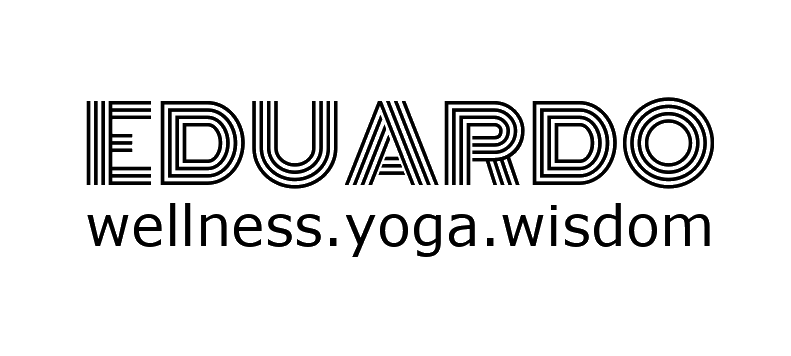


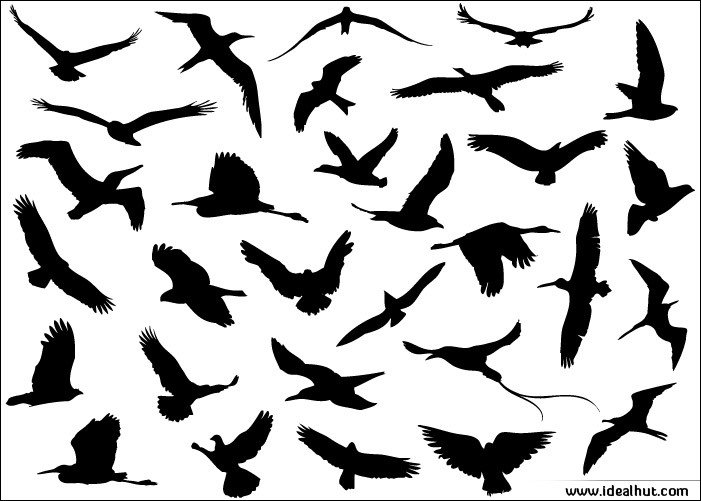 In all my studies of anatomy, philosophy, design and yoga there is the common thread of observing nature's pulsation. This idea of contraction and expansion permeates our surroundings, our bodies, our minds and spirits. When we are able to tab, connect, ride, touch or pulsate with the overarching pulsation of God, then we experience an authentic life that moves us closer to the sweetest experience of life itself. I found this poem by
In all my studies of anatomy, philosophy, design and yoga there is the common thread of observing nature's pulsation. This idea of contraction and expansion permeates our surroundings, our bodies, our minds and spirits. When we are able to tab, connect, ride, touch or pulsate with the overarching pulsation of God, then we experience an authentic life that moves us closer to the sweetest experience of life itself. I found this poem by 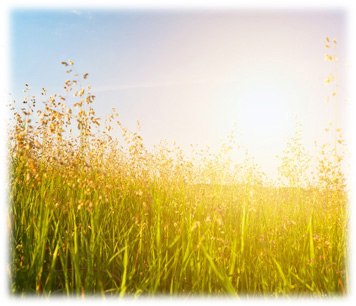 As we walk in our Yoga Practice inevitable we'll encounter the path of Meditation and even though I believe that no one can teach you meditation; I do believe that there are tools that can help you find it and that there are great teachers that can guide you with these tools.
As we walk in our Yoga Practice inevitable we'll encounter the path of Meditation and even though I believe that no one can teach you meditation; I do believe that there are tools that can help you find it and that there are great teachers that can guide you with these tools.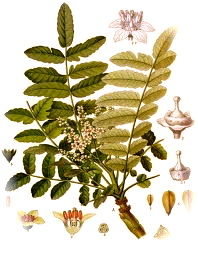 During the stormy transition from Summer into Fall, I can feel a bit uprooted. Whenever this feeling of being disconnected from the present arrives, I try to stay focus on what is happening inside. Yoga and meditation are a perfect way to stay rooted. And as an aid to help me stay connected, I use
During the stormy transition from Summer into Fall, I can feel a bit uprooted. Whenever this feeling of being disconnected from the present arrives, I try to stay focus on what is happening inside. Yoga and meditation are a perfect way to stay rooted. And as an aid to help me stay connected, I use 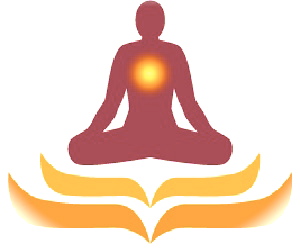 I am not one to ignore messages from the Universe; and this week the message was loud and clear: BREATH. I was teaching a twists-focus class this week; as I taught, I swear, I saw my students twisting and the image of a twirling cloud came to my mind. Next thing I know I am at the wonderful
I am not one to ignore messages from the Universe; and this week the message was loud and clear: BREATH. I was teaching a twists-focus class this week; as I taught, I swear, I saw my students twisting and the image of a twirling cloud came to my mind. Next thing I know I am at the wonderful 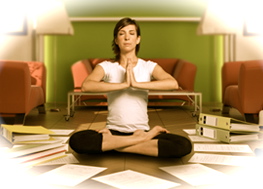 Saucha is one of the observances of
Saucha is one of the observances of  I was browsing through my YJ (
I was browsing through my YJ (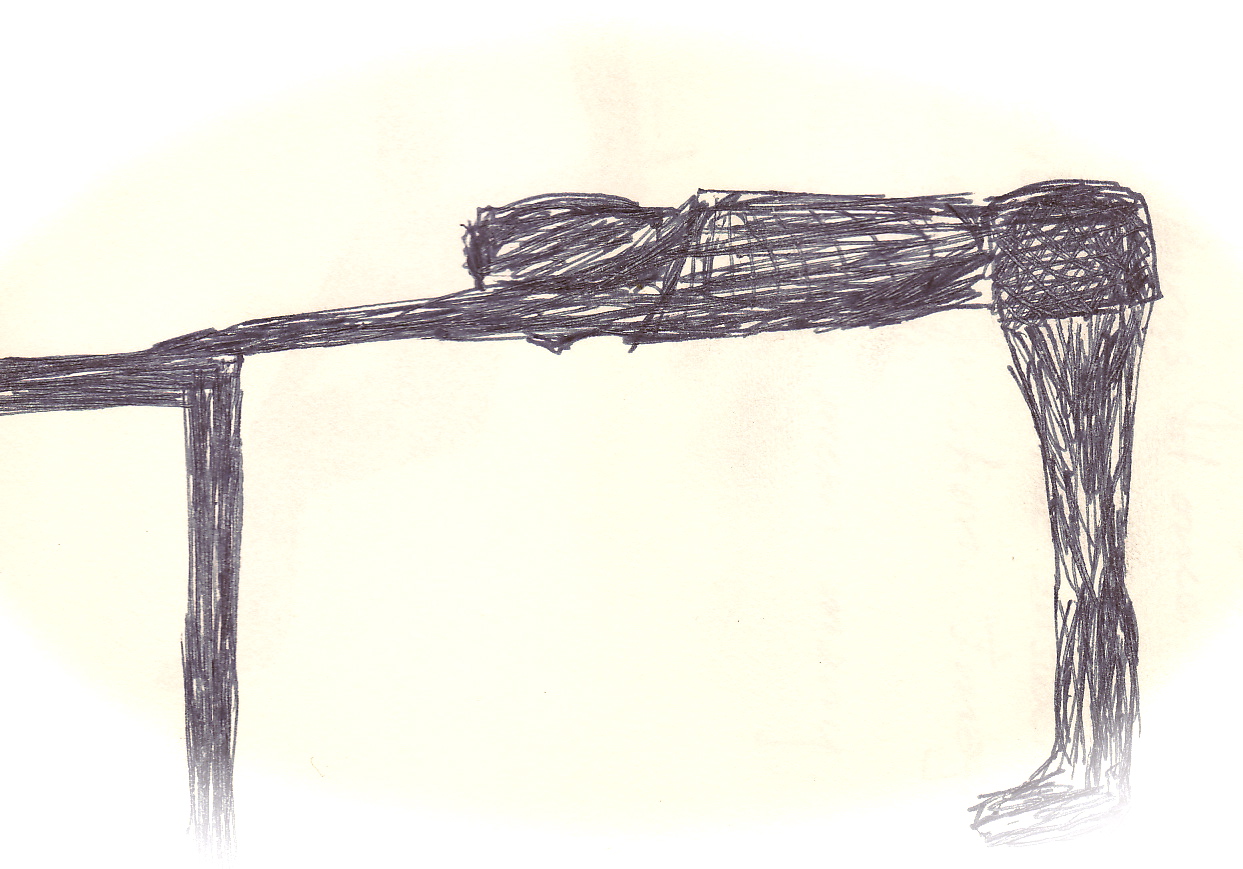 It's three o'clock and it seems that your day at the office is just starting. It's one of those days when coffee alone is not going to cut it. If there were only a way to remove fatigue and revitalize your afternoon. But wait there is such a thing:
AH-doh MOO-kah shvah-NAHS-anna)
adho = downward
mukha = face
svana = dog
It's three o'clock and it seems that your day at the office is just starting. It's one of those days when coffee alone is not going to cut it. If there were only a way to remove fatigue and revitalize your afternoon. But wait there is such a thing:
AH-doh MOO-kah shvah-NAHS-anna)
adho = downward
mukha = face
svana = dog Facing the desk stand with the feet a bit wider than hip distance apart; 8" to 12 " apart. Feet are parallel to each other. Begin to inhale and exhale through your nose, allowing the inner body to stay bright and your skin softens. Keep this breath throughout the pose. Uji breathing if you know it. [Stand on the side of your desk that offers more space.]
Facing the desk stand with the feet a bit wider than hip distance apart; 8" to 12 " apart. Feet are parallel to each other. Begin to inhale and exhale through your nose, allowing the inner body to stay bright and your skin softens. Keep this breath throughout the pose. Uji breathing if you know it. [Stand on the side of your desk that offers more space.] Bent your knees a little bit and place the palms of your hands on the desk. Spread your palms, index fingers parallel or slightly turned out. Keeping the palms of your hands firmly pressed on the desk, begin to walk backwards away from the desk till you create an L shape with your torso and legs (see sketch). Keep breathing into your back body, particularly in the kidney area, so that you feel your lower ribs integrated into your body.
Bent your knees a little bit and place the palms of your hands on the desk. Spread your palms, index fingers parallel or slightly turned out. Keeping the palms of your hands firmly pressed on the desk, begin to walk backwards away from the desk till you create an L shape with your torso and legs (see sketch). Keep breathing into your back body, particularly in the kidney area, so that you feel your lower ribs integrated into your body. Then with an exhalation, push your top thighs back and stretch your leg bones down toward the floor. Straighten your knees but be sure not to lock them.
Then with an exhalation, push your top thighs back and stretch your leg bones down toward the floor. Straighten your knees but be sure not to lock them. Firm the outer arms and press the bases of the index fingers actively into the desktop. From these two points lift along your inner arms from the wrists to the tops of the shoulders. Firm your shoulder blades against your back, then widen them and draw them toward the tailbone. Keep the head between the upper arms; don't let it hang. Can you keep the heart soft? Imagine the heart as a drop of melted chocolate dropping down towards the floor! Enjoy the pose for a minute or two.
Firm the outer arms and press the bases of the index fingers actively into the desktop. From these two points lift along your inner arms from the wrists to the tops of the shoulders. Firm your shoulder blades against your back, then widen them and draw them toward the tailbone. Keep the head between the upper arms; don't let it hang. Can you keep the heart soft? Imagine the heart as a drop of melted chocolate dropping down towards the floor! Enjoy the pose for a minute or two. When you are ready to come out of the pose, you can bend your knees and walk forward till you are standing again. If you have extra time you can add to this down dog some other
When you are ready to come out of the pose, you can bend your knees and walk forward till you are standing again. If you have extra time you can add to this down dog some other 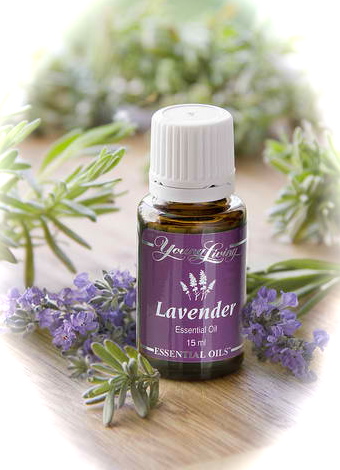 Chances are that if you have been around me in the last several years, you have come in contact with my
Chances are that if you have been around me in the last several years, you have come in contact with my 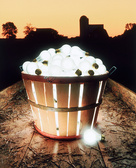 One of the most re-occurring contemplations that occupy my mind is that of ABUNDANCE… I spent a whole summer trying to find abundance through butter; please ask me about it when you see me next.
As we come to celebrate the harvest time, it could seem that we don’t have enough, and yet if we take the time to stop and become a receptacle of the always abundant power of the universe we can see how many amazing thing are always available to us. On that spirit, I decided to share some of my favorite sites that are available to all of us that have access to the Internet.
One of the most re-occurring contemplations that occupy my mind is that of ABUNDANCE… I spent a whole summer trying to find abundance through butter; please ask me about it when you see me next.
As we come to celebrate the harvest time, it could seem that we don’t have enough, and yet if we take the time to stop and become a receptacle of the always abundant power of the universe we can see how many amazing thing are always available to us. On that spirit, I decided to share some of my favorite sites that are available to all of us that have access to the Internet.
